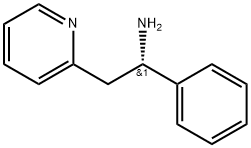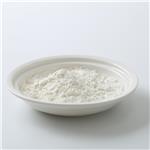Description
Lanicemine is a non-
selective, voltage-
dependent NMDA channel blocker (IC
50 = 4-7 μM) that binds to sites within the channel pore with a K
i value of 0.56-2.1 μM. Compared to ketamine , lanicemine exhibits a lower propensity to be trapped within the NMDA channel (86%
versus 54% trapping) following removal and reapplication of glutamate. It has been examined for its potential to produce antidepressant effects without adverse psychotomimetic activity.
Uses
Lanicemine is a non-selective voltage-dependant NMDA channel blocker. It is a potential anti-depressant which does not cause psychotomimetic activity. Potential anti-hypertensive agent.
in vitro
previous study with lanicemine and ketamine found that both compounds could bind with low-to-moderate affinity to sites within the nmda channel pore, exhibit strong voltage dependence, and have similar lack of nr2a vs nr2b subunit selectivity [1].
in vivo
in animal study, cortical eeg recordings were obtained from rats trained to perform an auditory detection task for food reward. results showed that both lanicemine and ketamine produced pronounced dose-dependent elevations in spontaneous gamma-band eeg, but only gamma changes for ketamine were tightly coupled to increases in locomotor activity, indicating that lanicemine not only engaged brain circuits involved in the generation of gamma-eeg, but also influenced these networks independent of the broader systemslevel disruptions typical of ketamine [1].
References
[1] g. sanacora, m. a. smith, s. pathak, et al. lanicemine: a low-trapping nmda channel blocker produces sustained antidepressant efficacy with minimal psychotomimetic adverse effects. molecular psychiatry 19(9), 978-985 (2014).


